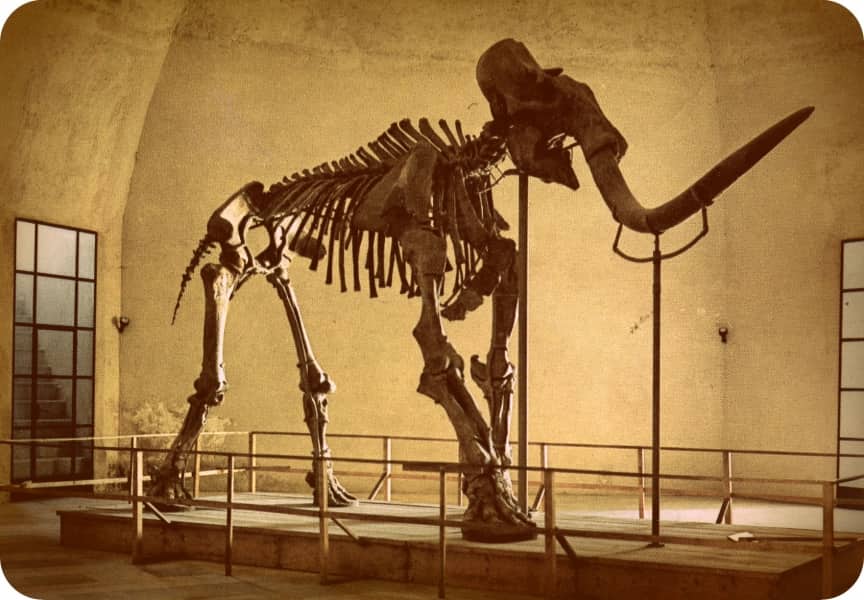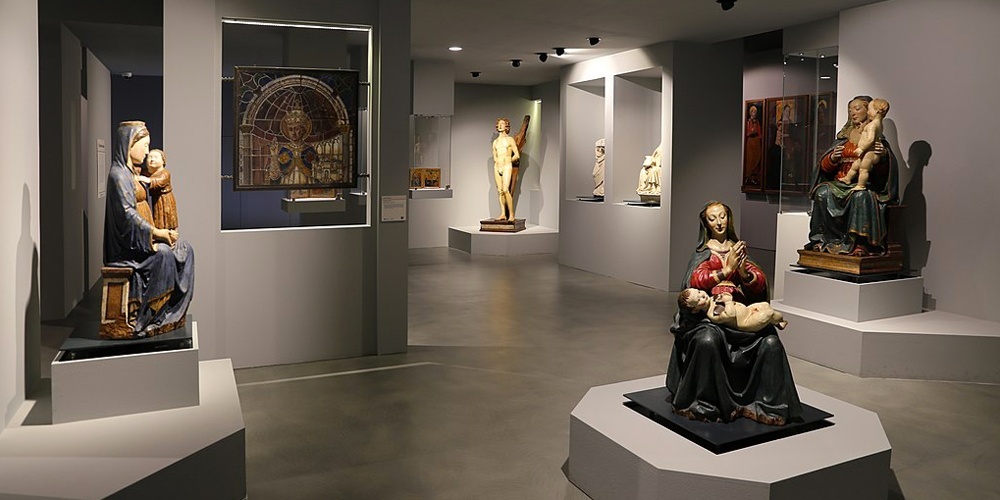The National Museum of Abruzzo: history of a region
Visiting the National Museum of Abruzzo (or MunDA) means immersing yourself in the thousand-year history of one of the quietest, most reserved and at the same time hospitable regions of Italy. A region characterized by the wonders of nature and good food could only have very deep cultural roots, explicitly visible in the different rooms of this museum.
Today the MunDA is housed in the restored rooms of the former municipal slaughterhouse in L'Aquila, which since 2015 has given new light to the rich permanent collection, previously preserved in the historic "Spanish Fort", which was severely damaged during the terrible earthquake of 2009.
The years that saw the forced closure of the museum fortunately were few - the city had an enormous desire to get up and leave again - after a phase of securing the works and exhibits, here is the new existence of a museum that "lived twice", in a large space near the ancient fountain of 99 spouts. While waiting for the restoration of the majestic fort, the museum's collection is completely accessible to the public who can thus fall in love with the history of such an enchanting piece of Italy.
The collection

Very interesting is the archaeological collection that highlights the exceptional findings of the territory, especially concerning the pre-Roman era and the Samnite age (ancient Italic people settled throughout the central area of Italy).
Case in point is the incredible discovery of a mammoth skeleton, in the mid-twentieth century, in the small town of Scoppito, in the province of L'Aquila. Today the perfectly preserved skeleton is the symbol of the museum and can be visited again in the new spaces of the MunDA.
A large space is dedicated to medieval painting and sculpture, with works by great artists who lived in the territory of Abruzzo, finely polished by Romanesque and Byzantine influences from other parts of Italy. The chronological layout clarifies and orders
To represent the sixteenth century the great and refined work of Giovanni Paolo Cardone who painted an extraordinary gonfalon, representing the city all over a deep red silk. Incredibly exceptional!
It is the Baroque painting that closes the exhibition of the museum, with great artists protagonists of this painting genre especially in southern Italy: Mattia Preti, Bernardo Cavallino, Andrea Vaccaro, Massimo Stanzione and many others.
Each museum as an institution has the task of preserving, studying, exhibiting and educating citizens and tourists on the history of art and the history of the territory. The great heritage of the National Museum of Abruzzo succeeds perfectly in this undertaking. Run to visit it!
About the author
Written on 20/02/2020



Emanuele Castellano
Visiting the National Museum of Abruzzo (or MunDA) means immersing yourself in the thousand-year history of one of the quietest, most reserved and at the same time hospitable regions of Italy. A region characterized by the wonders of nature and good food could only have very deep cultural roots, explicitly visible in the different rooms of this museum.